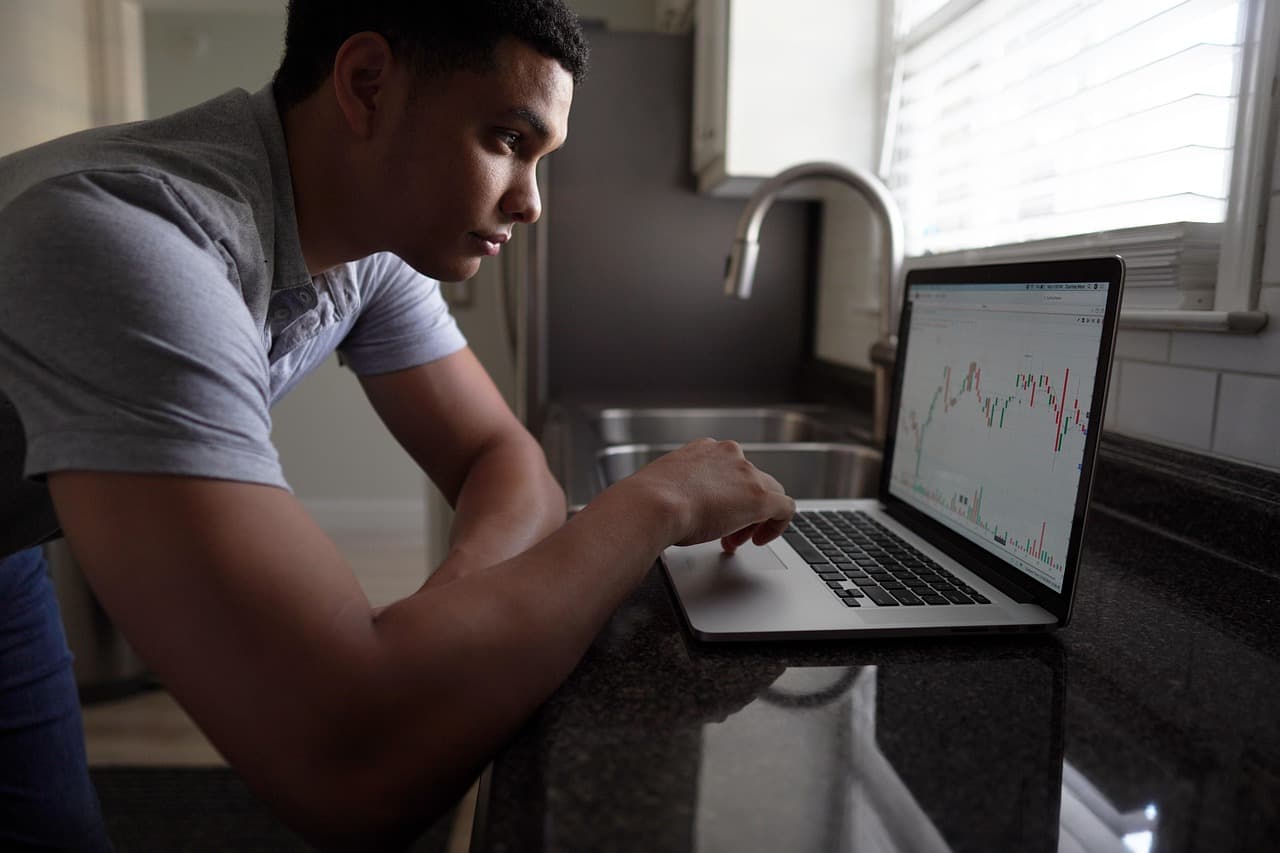When a Company You Own Hits a Rough Patch
At some point, every investor will face it. You’re holding shares of a company you love. You’ve done your homework. You’ve run the numbers. You believe in the business. And then—bam—bad news hits. Maybe it’s a lawsuit, a failed product, a scandal, or an economic shock. Whatever it is, the stock price drops. The headlines are ugly. And you're left wondering: should I sell, hold, or buy more?
In Rule #1 investing, we call this an “event.” But not every drop in stock price is a true event—and not every event means it's time to panic. In fact, it could be your best opportunity.
What Is a Capital “E” Event?
An Event—with a capital “E”—is more than just a hiccup. It’s a significant, often sudden situation that introduces real uncertainty into a company’s future. And uncertainty is the key word here. A Rule #1 event is usually something that causes the market to question the company's trajectory. But here's the catch: that uncertainty often only lasts one to three years.
If the business is fundamentally sound, that temporary uncertainty can push the stock price below its true value. And when that happens, smart investors—us—lean in.
So, how do you tell whether you’re looking at an Event… or something more sinister?
Uncertainty for Wall Street Isn’t the Same for Us
Wall Street runs on short-term timelines. Institutional investors—hedge funds, mutual funds, pension funds—are competing quarter to quarter. If they sense a storm coming, even one that clears in a year or two, they’re out.
For long-term investors like us, this is where the Rule #1 strategy shines. Because we’re not bound by a three-month time horizon, we can take advantage of temporary dips in price when the crowd runs for the exits. When Wall Street panics, we prepare.
But—and this is important—only if the story of the business hasn’t fundamentally changed.
Bank OZK: When the Story Changes, You Sell
Let me give you an example from my own investing experience.
We held shares in Bank OZK for years. We knew the business inside and out. Then a short seller revealed something troubling: the bank’s largest loan—nearly a billion dollars—was tied to an unleased, empty life sciences building. That wasn’t the playbook they had shared with investors.
When we confronted management, they gave us conflicting explanations. That was the red flag. It wasn’t just that something bad had happened—it was that our understanding of how the business operated no longer matched reality. In other words, the story had changed. That made it no longer a Rule #1 investment. We exited.
That’s the power of re-evaluating when an event occurs. If the company is no longer aligned with your original analysis, it’s time to walk.
Chipotle: The Painful Lesson of Selling Too Early
Now, contrast that with Chipotle. Years ago, I sold our position after a temporary event in the pork supply chain caused a drop in the stock. I thought I’d be clever—sell at the top, buy back in lower.
Well, I couldn’t buy back in. The stock shot up, and I missed it. And worse, I missed the ongoing compounding from a truly rare business.
Chipotle was—and still is—an antifragile company. These are businesses that don’t just survive downturns; they come out stronger. And they’re incredibly rare. If you find one, hold on tight—even when the stock drops 50%.
Sprouts: Trust Your Analysis, Even When the Market Doesn’t
We also owned Sprouts Farmers Market when no one else wanted it. The business was throwing off cash, had a moat, and made sense to us. But the stock price stayed flat—or dipped—for years.
Then one day, the market woke up. The price doubled in a matter of weeks and eventually reached over $164 a share.
What changed? Not the company. Just market sentiment. That’s why Rule #1 investors stay focused on the business, not the stock ticker.
How to Pick Rule #1 Stocks
5 simple steps to find, evaluate, and invest in wonderful companies.
How to Make the Call: Hold, Sell, or Buy More?
When your company gets hit with an event, here’s the process I follow:
Re-run your checklist. Re-evaluate the business as if you were buying it today.
Ask if the story has changed. If yes, get out. If no, hang on—or buy more.
Use your profit cushion. If you’ve held the company a while, you’ve likely built gains that make riding out the volatility more manageable.
Be honest about your emotions. Can you stomach a 50% drop in a company you believe in? That’s the real test of Rule #1 investing.
Remember, the best businesses—the truly antifragile ones—don’t come around often. When you own one, stay the course.
Why Antifragile Companies Are Worth Holding Forever
The beauty of a great company is that it compounds your wealth without you having to do anything. Chipotle, for example, grew earnings, revenue, and cash flow at over 20% per year—even when the stock dropped.
That kind of internal growth creates exponential returns. A company growing at 30% per year doubles your investment every 2.5 years. Compare that to the market’s average of 13%—a doubling every 5.5 years—and the gap becomes massive.
If you invest $10,000 and compound it at 13% for a decade, you’ll end up with about $36,000. But at 30%? That’s $160,000. That’s the power of owning a few wonderful businesses.
Don’t Try to Be Clever—Just Be Right
Selling too early, trying to time re-entries, chasing new opportunities—that’s not Rule #1. That’s speculation. I’ve made that mistake before. I won’t make it again.
Great businesses will get overpriced. They will fall in price. And if you understand the story, none of that matters. What matters is owning them for the long haul and letting the compounding do its work.
Final Thoughts: What to Do When Bad News Hits
An event is not the end of the world. It’s a signal. Sometimes, it’s a signal to exit. Sometimes, it’s your chance to buy more at a discount.
But always, it’s a chance to re-validate your conviction.
Stick to the story. Stick to the checklist. And above all—stick to the strategy.
Attend a Rule #1 Workshop
Learn how to conduct research, choose the right companies for you, and determine the best time to buy.

